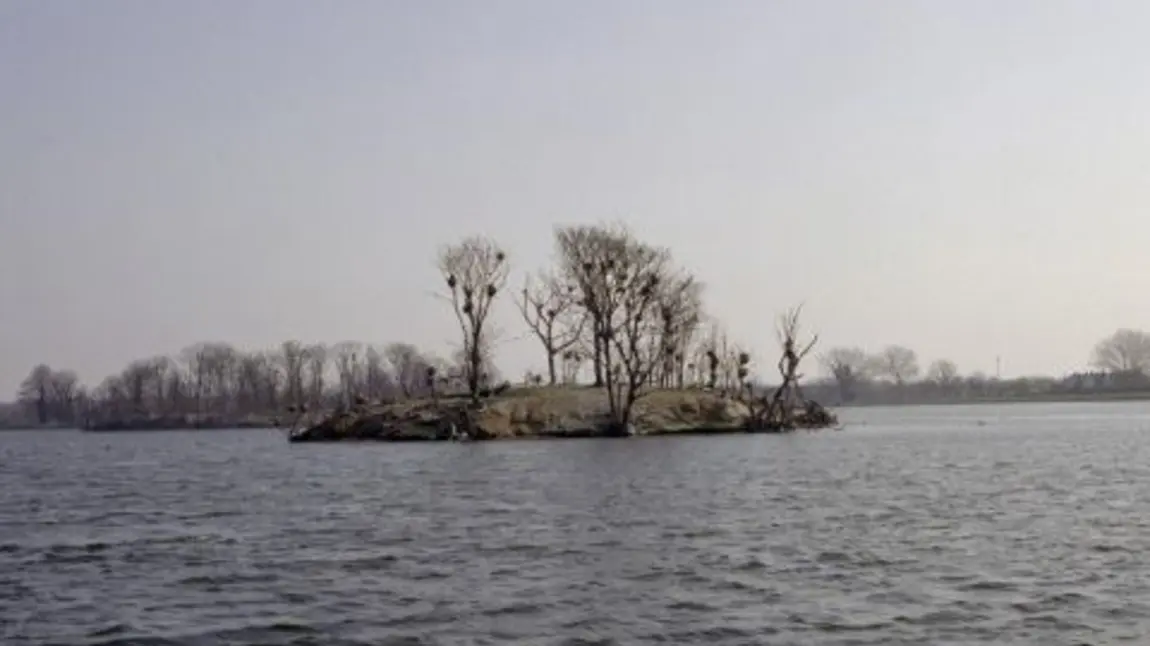New London wetlands to tackle native species decline

A project to transform a network of 10 reservoirs in Walthamstow, North East London, into Europe’s largest urban wetlands has been given the go-ahead thanks to funding from HLF.
A grant of £4.4m from HLF has added to funding of £1m from Waltham Forest Council and £1.84m from Thames Water to help the reservoirs, already vital in providing water to millions of households, to become a home for wildlife and a nature reserve accessible to the 300,000 people who live within two miles.
HLF Trustee and former Chief Scientist at Natural England, Dr Tom Tew, said: “We loved this partnership project and so are pleased to be helping to make it happen. High quality green space is at a premium in our cities, and once completed this wetland area will provide the perfect nature spot for millions of Londoners to relax in and enjoy. Reservoirs are of course vital in providing water to our homes - and this primary function is maintained - but they can also make great green spaces providing countless benefits for wildlife and visitors alike.”
The 2013 State of Nature report found that 57% of freshwater and wetland species have declined over the last 50 years including the water vole and the frogbit plant due to issues such as water pollution, climate change and non-native species introducing diseases.
Work to create the new wetlands at Walthamstow will help to enhance habitats for a wide range of species and ensure that increased visitor numbers do not adversely affect the site’s important wildlife.
Across the country, where new wetlands have been created or restored, species such as great crested newts and many birds including the bittern have greatly benefitted.
Waltham Forest Council Leader Chris Robbins said: “This is fantastic news for the people of Waltham Forest and the wider East London community.
“The borough is going through an unprecedented time of regeneration and our cultural offer is at the heart of that growth. The Blackhorse Lane area of the borough is one of the places where there’s a great deal of development going on with the old industrial units making way for new homes. We’re building a brand new school on one side of the station and this funding opens the way for the Wetlands to take shape on the other.”
This will be the most ambitious project of its kind in the country. It is led by Waltham Forest Council in partnership with Thames Water, who manage the reservoirs, and the London Wildlife Trust, who will take on the day-to-day management of the site once complete.
The funding will help pay for four new entrances and foot and cycle pathways through the site, which will be free for the public during opening hours. A locally listed former pumping station will be turned in to a multi-purpose visitor centre with a café, exhibition space and viewing terrace.
Volunteers will be encouraged to get involved in the management and conservation of the site, and over 100 schools have signed up to take part.
Further information
HLF press office: Tom Williams on 020 7591 6056 or tom.williams@hlf.org.uk.
Waltham Forest Council Press Office on 020 8496 4544.